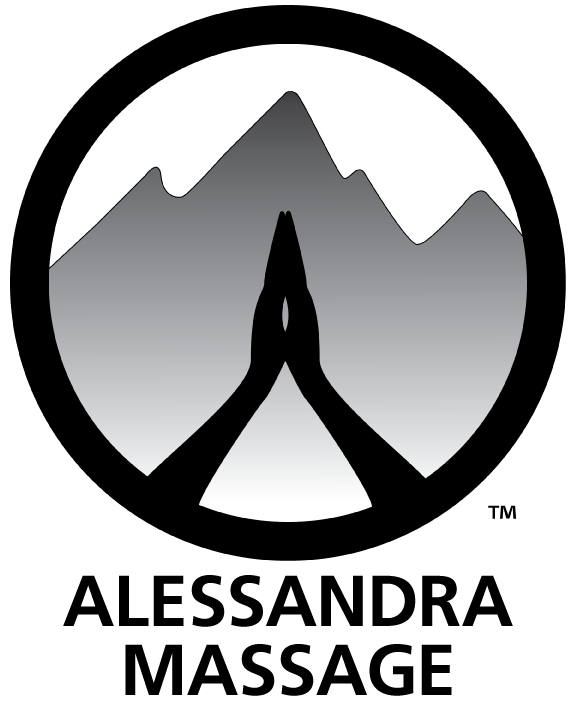The delight of a new baby! A love deep enough to sustain humanity cultivates during the first few days, weeks, and months of togetherness. Before the body has started to recover from pregnancy and childbirth, new mothers are launched into a series of novel repetitive activities that will cumulatively build up, causing predictable patterns of long-term wear and tear in musculature. It’s a busy and challenging time; just having a shower can seem miraculous with all of the new demands. It’s no surprise that self-care falls to the backburner. Through recognizing repetitive actions that leave parents with chronic pain, and how to better approach them, some discomfort can be mitigated.
Nursing/bottle-feeding: Often done on the fly, parents assume forward head position, with shoulders contracted up and rotated forwards for long stretches of time while supporting baby. This posture is all too common even in everyday life as we hunch over computers, phones, and steering wheels, but for the new parent it is exacerbated, and is a source for chronic neck, shoulder and back pain. Contracted pectoral, trapezius, brachialis, deltoid and neck muscles can adhere to one another, causing tight muscle masses and fascial adhesions. Over-stretched and weakened upper-back and shoulder muscles lead to weakened musculature, pain and misalignment. Try to sit properly in a supportive chair with an upright back, propping baby with pillows at breast level and being mindful to keep shoulders rotated backward, scapulae down, while feeding junior, to maintain ideal posture and avoid effects of poor feeding posture.
Holding baby on hip: Seems to last for years and years! The heavier the child gets, the harder it is on parents’ bodies. Mothers naturally have wider more accommodating hips on which to balance baby with one arm while occupying the other, inadvertently propping one hip up, to support their little passenger. This subtle action contracts our deepest abdominal muscle on the supporting side, the quadratus lumborum, or QL. The QL connects the iliac crest to the lowest ribs, also attaching to several lumbar vertebrae, and stabilizes our abdominal compartment and lower back. It is known as the “hip-hiker” and is a hidden source of many cases of lumbar pain. When one QL is tight, it can have a cascading effect on surrounding musculature, including the spinal erectors and a multitude of muscles that attach to the sacrum, where the spine and pelvis connect, and ultimately can pull the hips out of alignment. Offset this mechanical mistake by carrying baby in a soft carrier sling, a front-pack, or at least alternate sides that baby sits on. Several targeted side-stretches are great QL and back openers.
Lifting and Carrying: How many times a day! Lifting baby up to comfort, feed, and nurture; hoisting the car seat and stroller in, out and all about; lifting heavy objects with poor posture puts tremendous strain on your spinal disks, lower back, neck, shoulders and arms. Think of all of the awkward lifting motions conducted with small children: Picking junior up from the crib or floor, legs locked, hunched over, arms out; lugging the car seat around like a 30 pound purse, dangling from one forearm with the elbow flexed, and back crooked; putting the car seat or baby in and out of the car, twisted awkwardly to one side and bent asymmetrically. Some helpful tips for these actions are to bend at the knees when lifting, and try to get as close to the baby or object you are lifting, as possible, keeping it close to your torso while lifting. When lifting baby from the ground it’s helpful to get down on one knee and rise from the legs. For in and out of the car motions, get into the backseat, at least with one leg, and face the child or car seat while depositing or lifting the load.
Though difficult to find the time at this stage, therapeutic massage treatments can alleviate some of the strain of repetitive parenting motions, unbinding, relaxing and promoting circulation to overstrained muscles and tendons, as well as providing parents with a calm respite from the busy demands of our delightful little ones!
For further information or to schedule a massage appointment please contact Alessandra Jacobson at Alison Palmer Physical Therapy and Wellness Center, (970) 729-1737. We are located in the Cimarron Lodge at the bottom of lift 7. Wellness is the full integration of mind, body and spirit. We look forward to helping you towards a healthier life.


